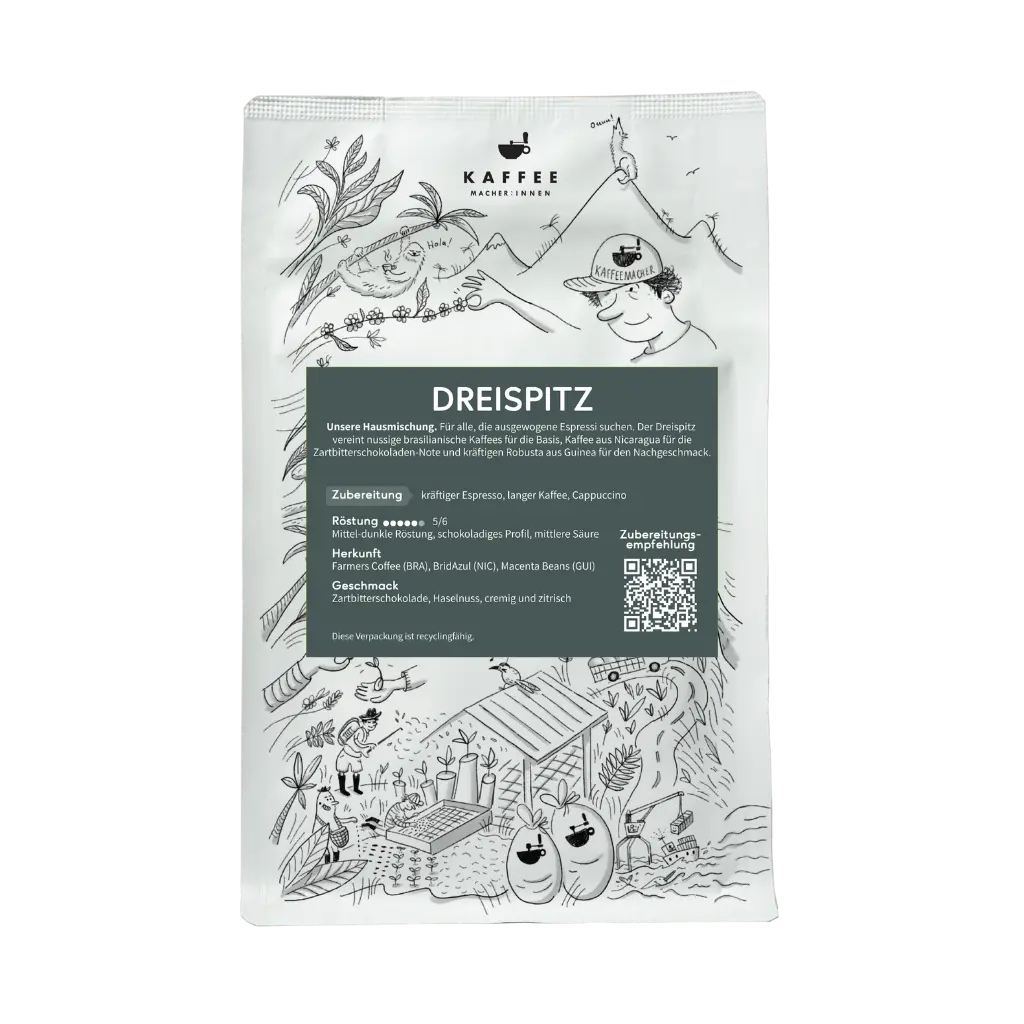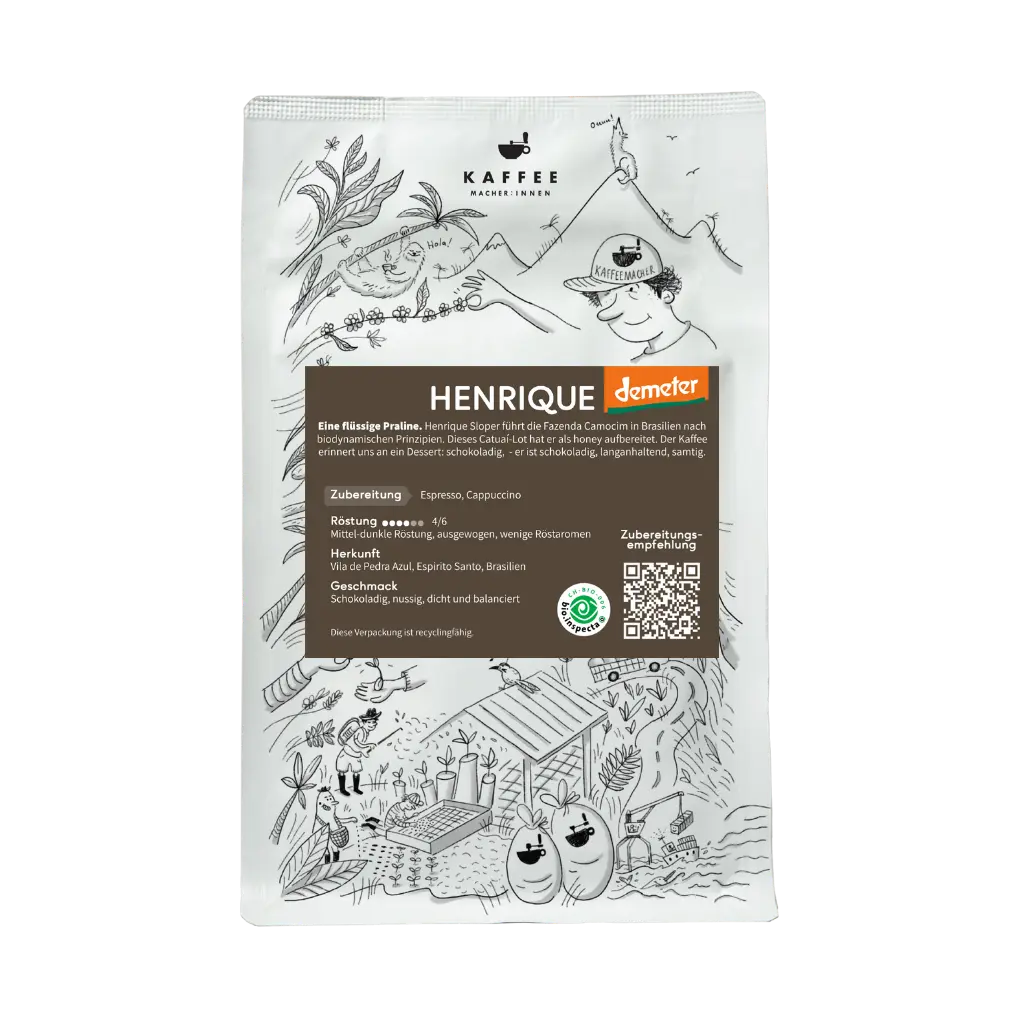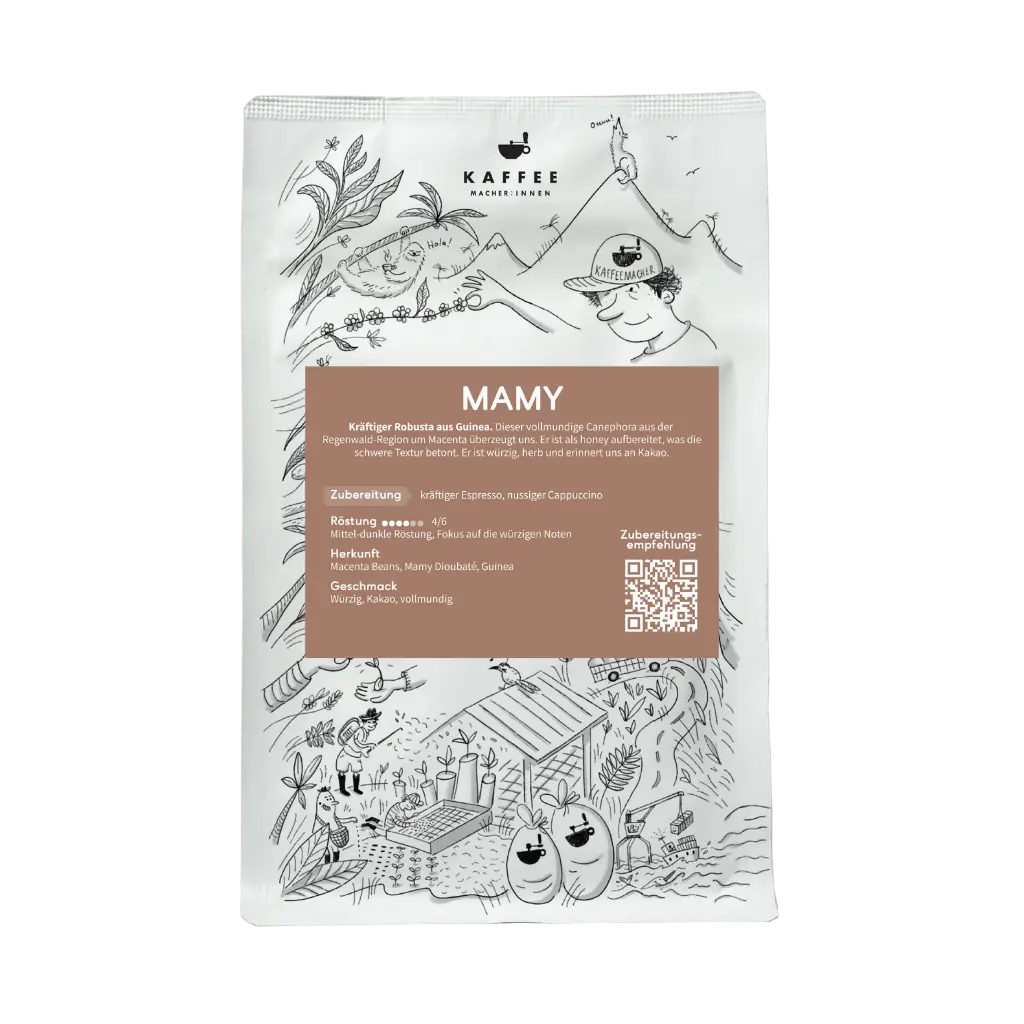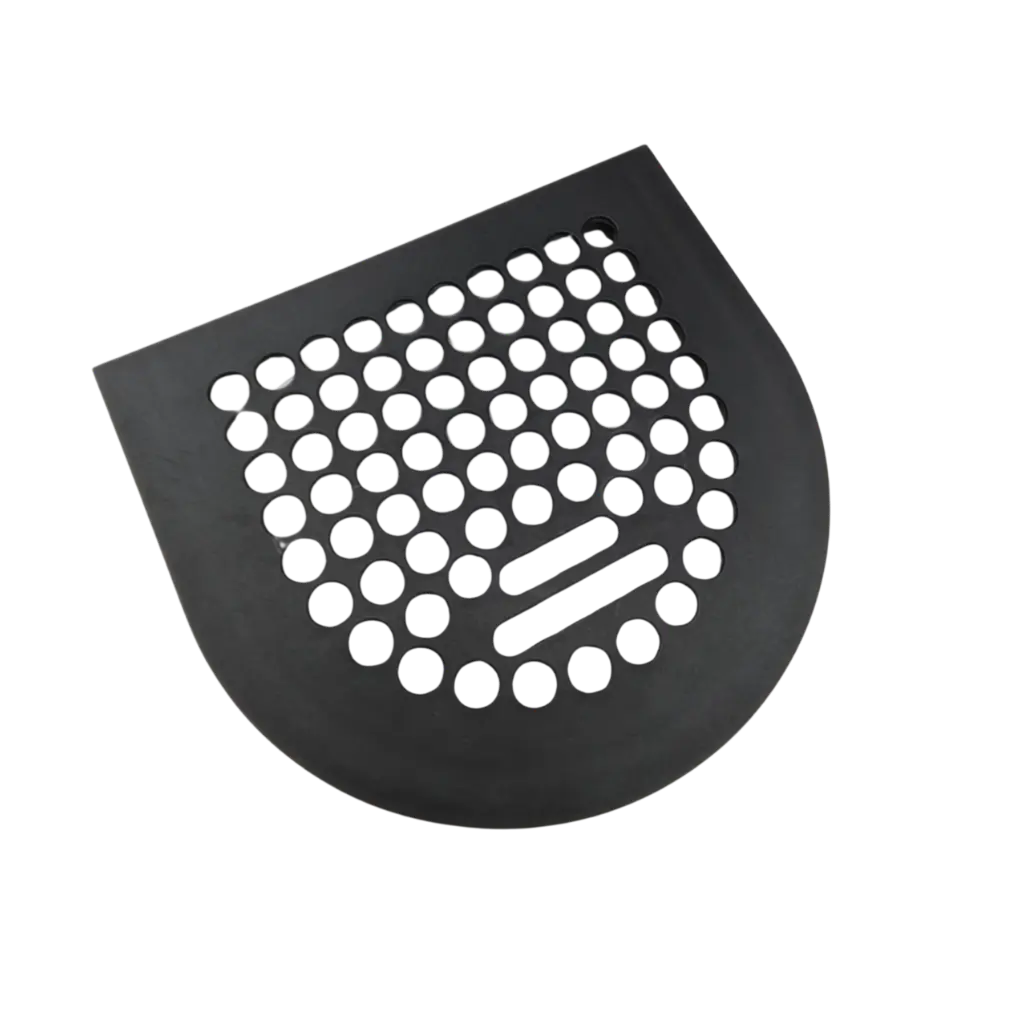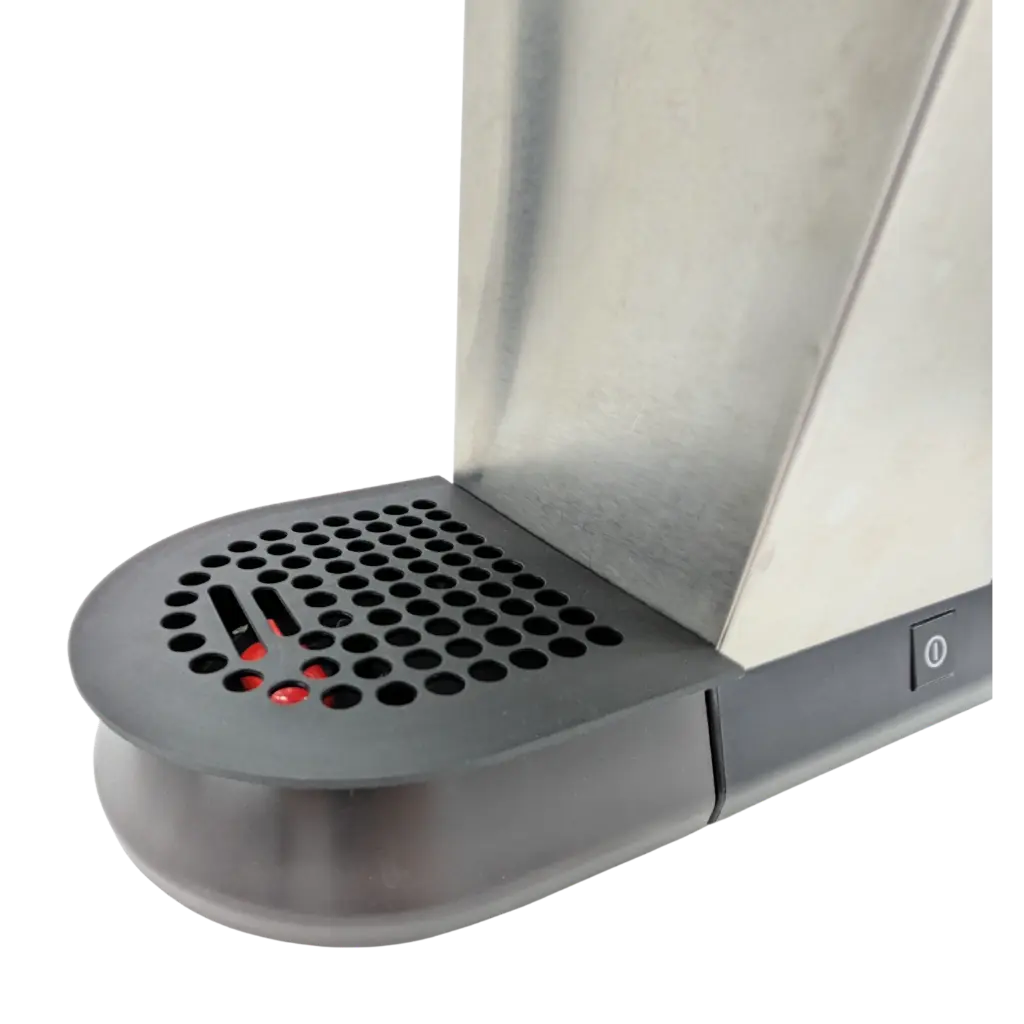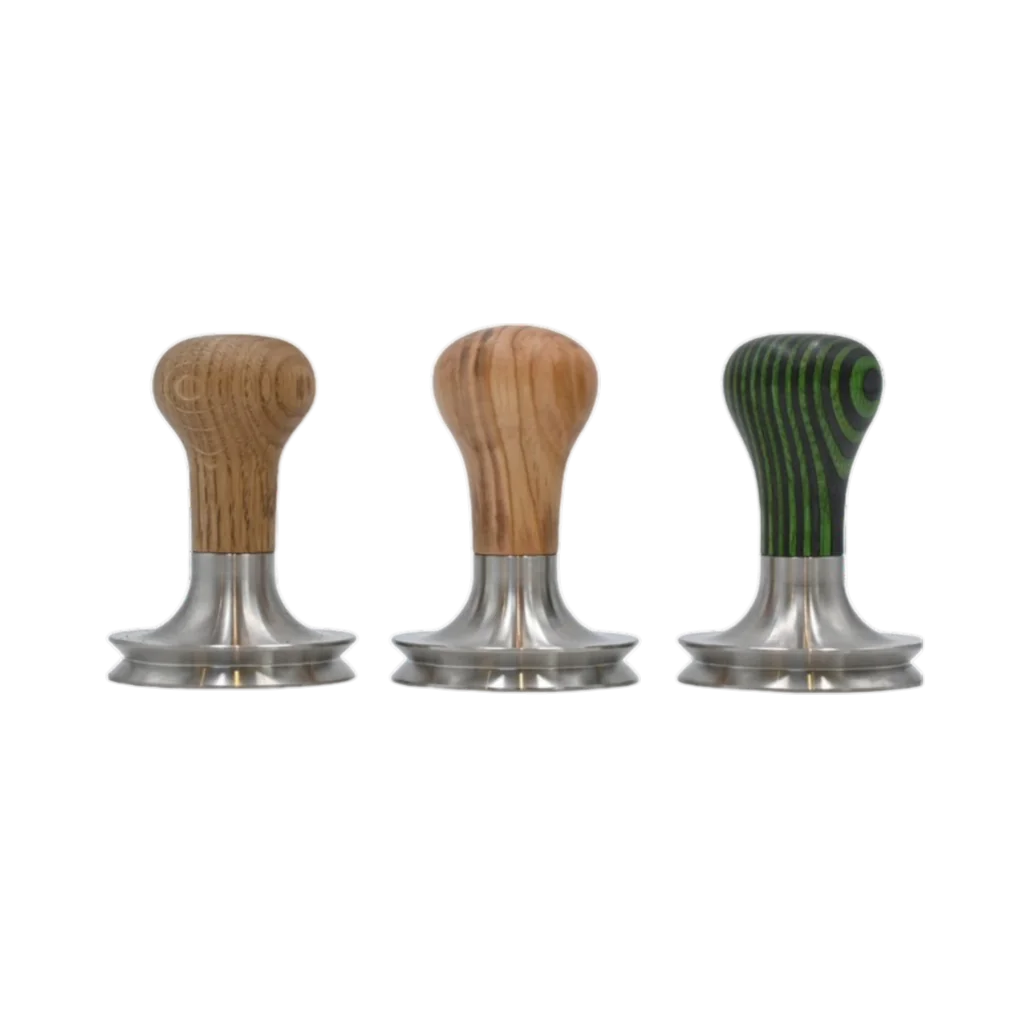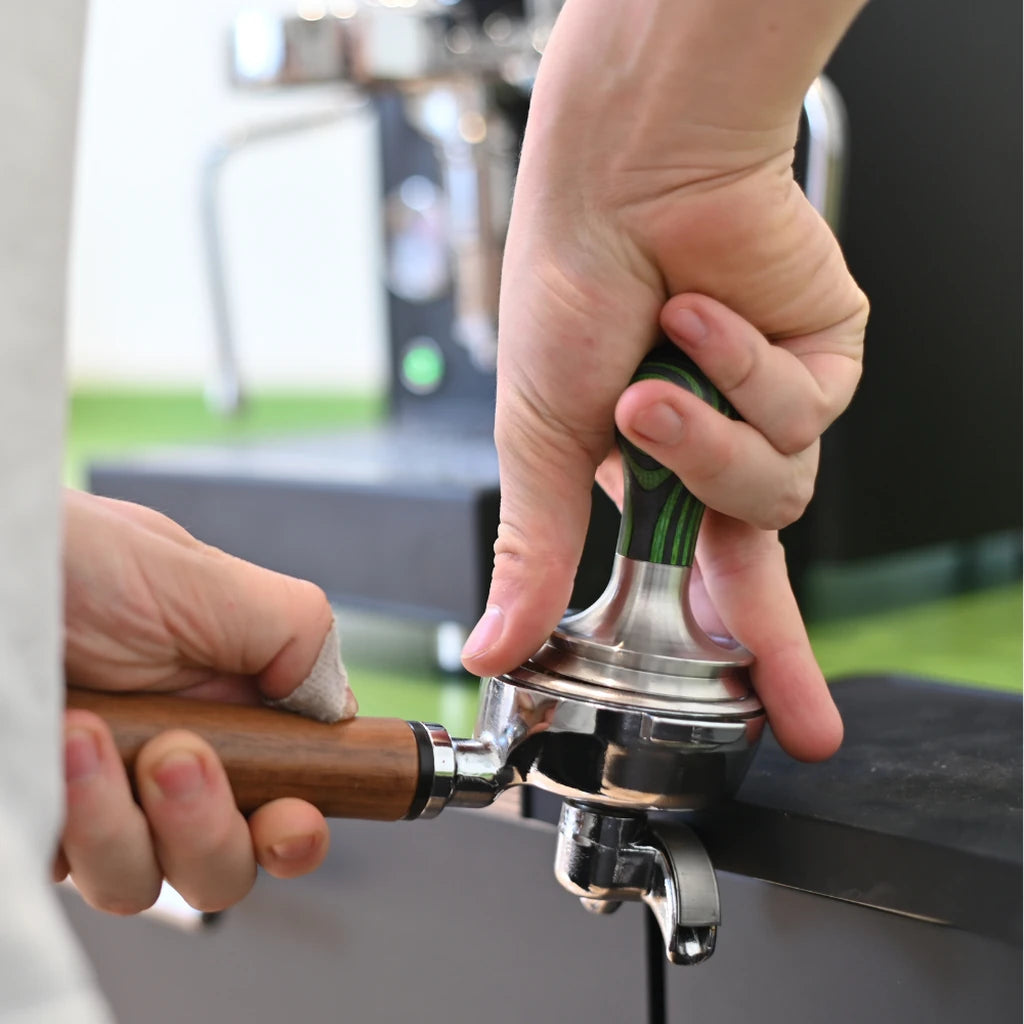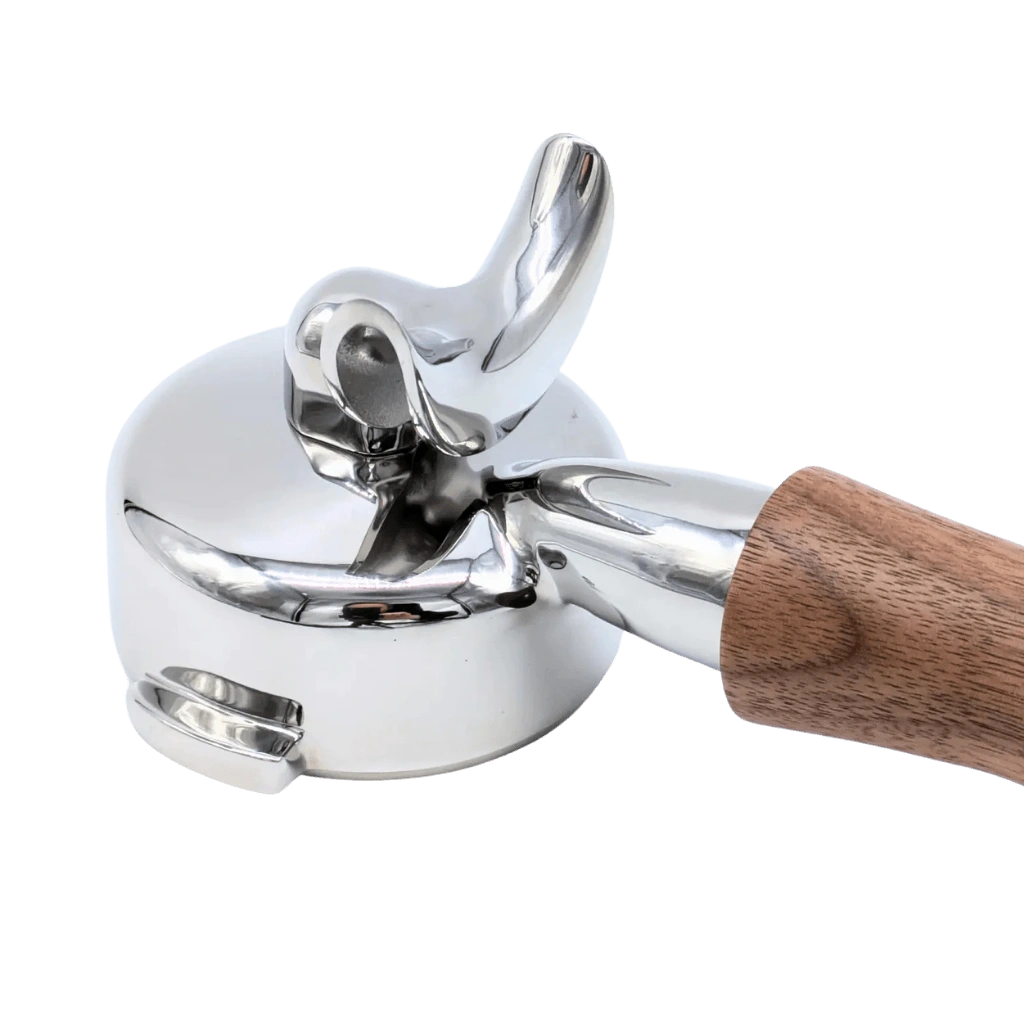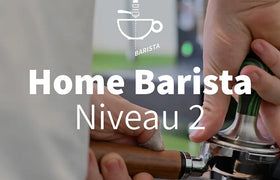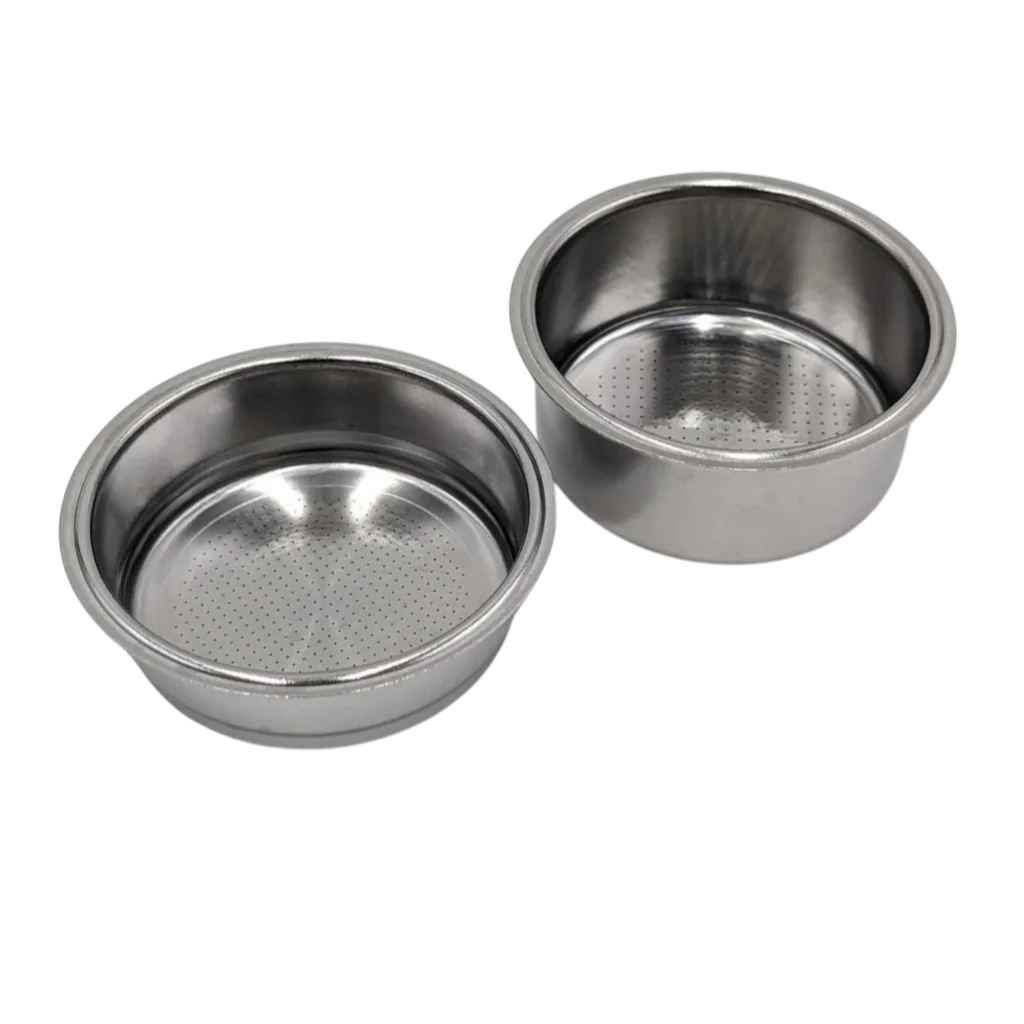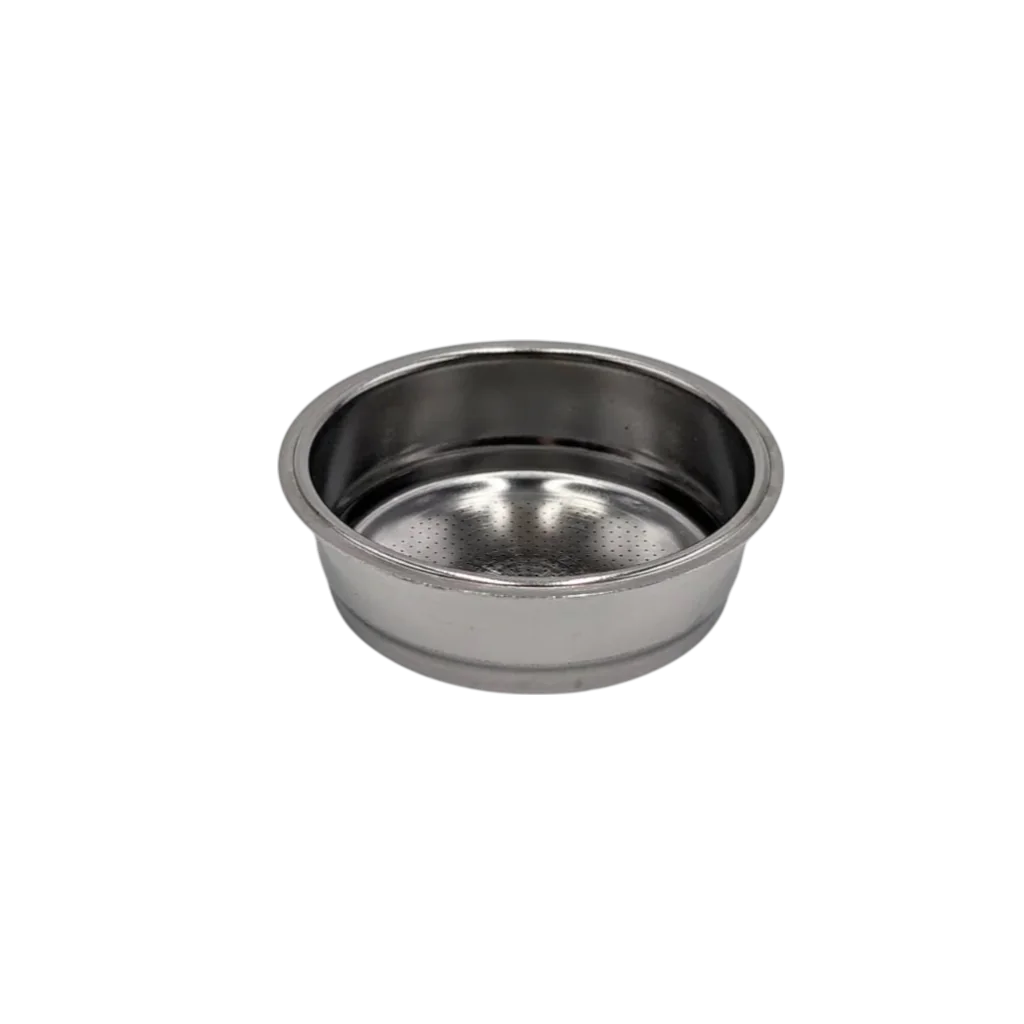Brazil is the world's largest coffee producer. Yet less than 0.5% of total production is grown organically. The Brazilian approach to coffee production is geared toward high yields on a small area. Soil is often viewed as a substrate rather than a living organism. Switching to organic farming in Brazil requires not only changing the methods but, more importantly, changing the understanding of agriculture. Apas has done just that, and we have supported them in their journey.
Apas. Organic Coffee
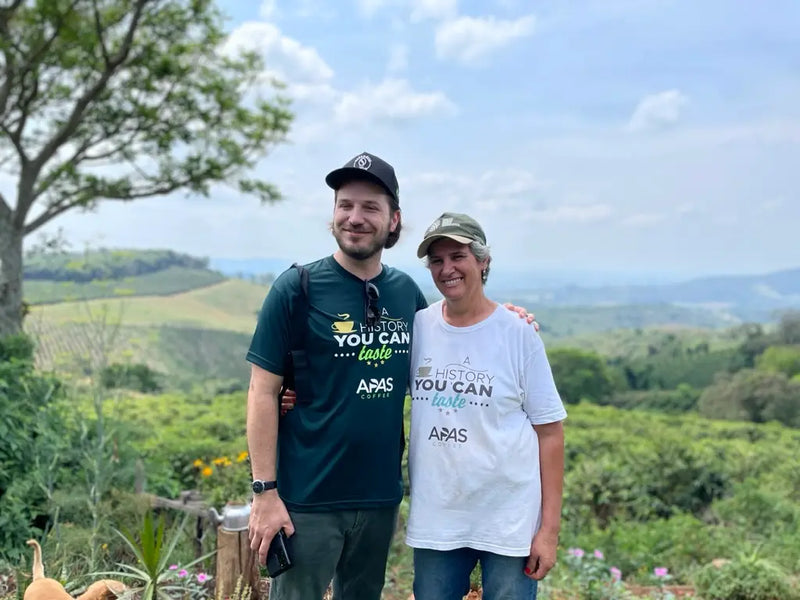
Show that it works
What is this project about?
Almost 80% of emissions in the coffee chain come from coffee production. Therefore, if we want to reduce emissions in the coffee chain, we as roasters must start at the source. Switching from conventional to organic production is the most significant lever, as it eliminates the emissions-intensive manufacturing and use of synthetic fertilizers. Our Apas coffee has been organic since 2022, but this is not a finite state. It is the beginning of a process of producing coffee in a way that conserves resources and regenerates them even better, in a region already heavily impacted by rising temperatures and more unstable weather patterns. The efforts required to produce coffee long-term go beyond the organic label . APAS is aware of this and is continuing its training to make farms more resilient to external influences in the future and to increasingly shape coffee production as a circular process.
Alessandro Hervaz, co-founder of APAS, attended various coffee fairs in Europe in 2016 and realized that the local markets offered great potential for organically produced food. Upon returning to Brazil, he wanted to try growing his own coffee organically.
"But there were no products, no technology, no know-how in our region, so we gathered all the information and invited experts to workshops."
Several APAS members also saw potential for a more natural approach to coffee production in their own way. They decided to convert certain parts of their farm to organic farming.
"At first, everyone was skeptical. Now, new producers are coming to us and want to go organic with us."

Apas and us
Milestones
We have been importing coffee from Apas since 2017. Today, the cooperative is a strategic partner.
First visit 2019
In 2019, Felix visited the Apas cooperative. It laid the foundation for a personal relationship. We've seen each other annually since then.
Apas goes organic in 2022
We paid 75% of the organic price during the transition, which motivated 13 producers to make organic coffee for us.
Apas Decaf 2025
So that all Apas fans can also drink decaffeinated coffee, we have had our own batch decaffeinated in Bremen for the first time.
"Together we can make a big difference. Apas is open and motivated, and their coffee is loved by our community. The leverage is there, and we will change even more together."
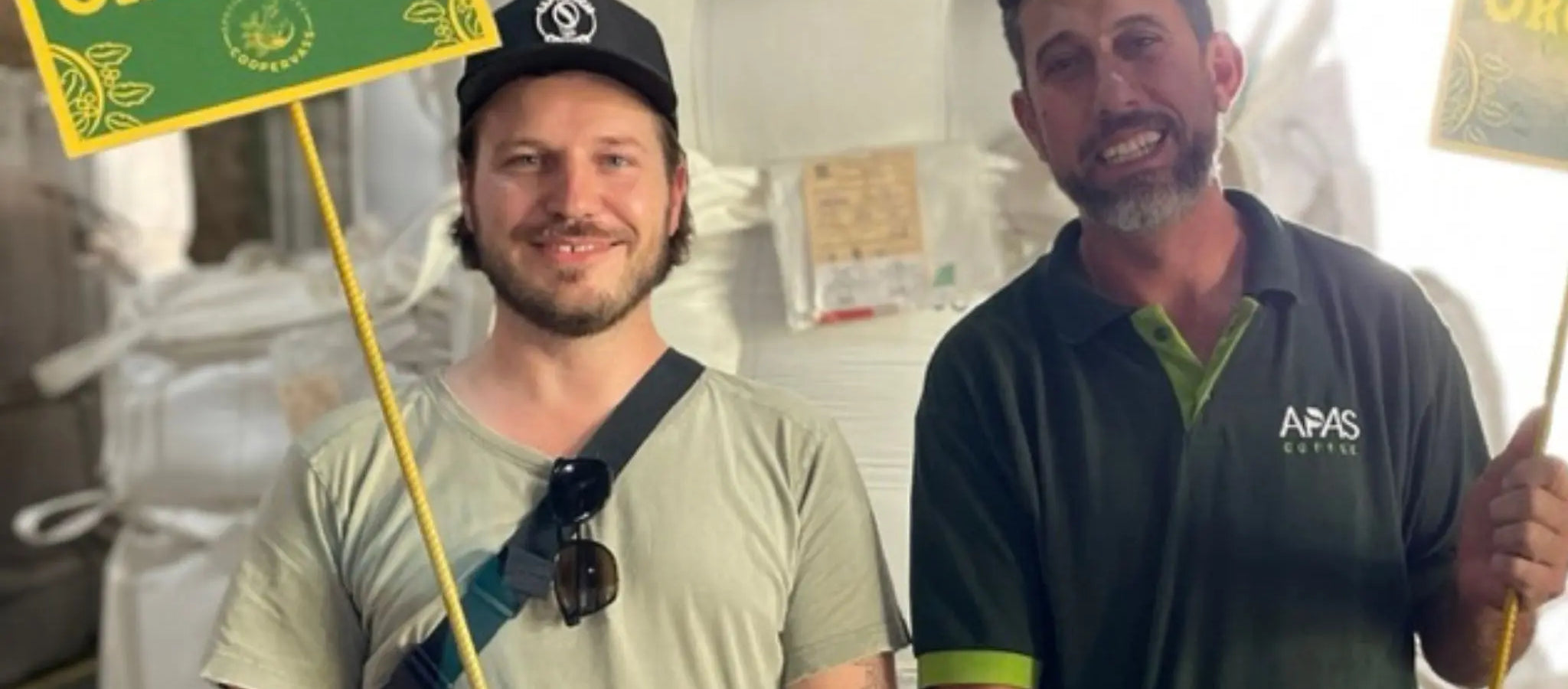
Facts & Figures
What does organic mean for coffee in Brazil?
The transition from non-organic to organic production takes three years if previously conventionally cultivated. Such a transition requires considerable botanical and agronomic understanding, as well as a shift in mindset—especially in Brazil, where organic farming is barely present.
Basically, the nutrients a plant needs can be divided into macronutrients and micronutrients. If the macronutrients nitrogen (N), phosphorus (P), and potassium (K) are well covered, that's half the battle. However, plants that are also expected to produce yields need additional nutrients such as magnesium, zinc, or boron, which are partly responsible for flower or cherry development.
Until now, NPK macronutrients were applied using a ready-made mixture. However, organic farming requires an alternative that replaces Apas in the following way:
N: Nitrogen-based mineral fertilizer is replaced by bone meal
P: Phosphorus is replaced by various naturally occurring minerals
K: Potassium is replaced by cascara, the dried pulp of the coffee cherry
We now know that up to 75% of the emissions from a cup of coffee are emitted in the country of origin.
More than half of our purchased green coffee comes from Apas. By switching to organic, our Scope 3 emissions have therefore decreased.
As a coffee roaster, we understand our position in the coffee chain. We are among the players whose purchasing decisions determine what actually ends up on the roasted coffee market. Since we have a significantly larger selection of coffees we can potentially purchase, we also see ourselves as having a greater responsibility as consumers to decide what constitutes good coffee . Consumers can only choose from a small selection of roasters and are significantly less powerful than roasters in their decision-making power.
Apas now produces its own organic fungicides and pesticides in its own organic factory. The next visit is scheduled for 2026. A key topic will be shade. The region was deforested until the mid-20th century, and today almost no primary forest remains. But coffee needs shade from other trees. We're now entering into discussions with Apas on this.
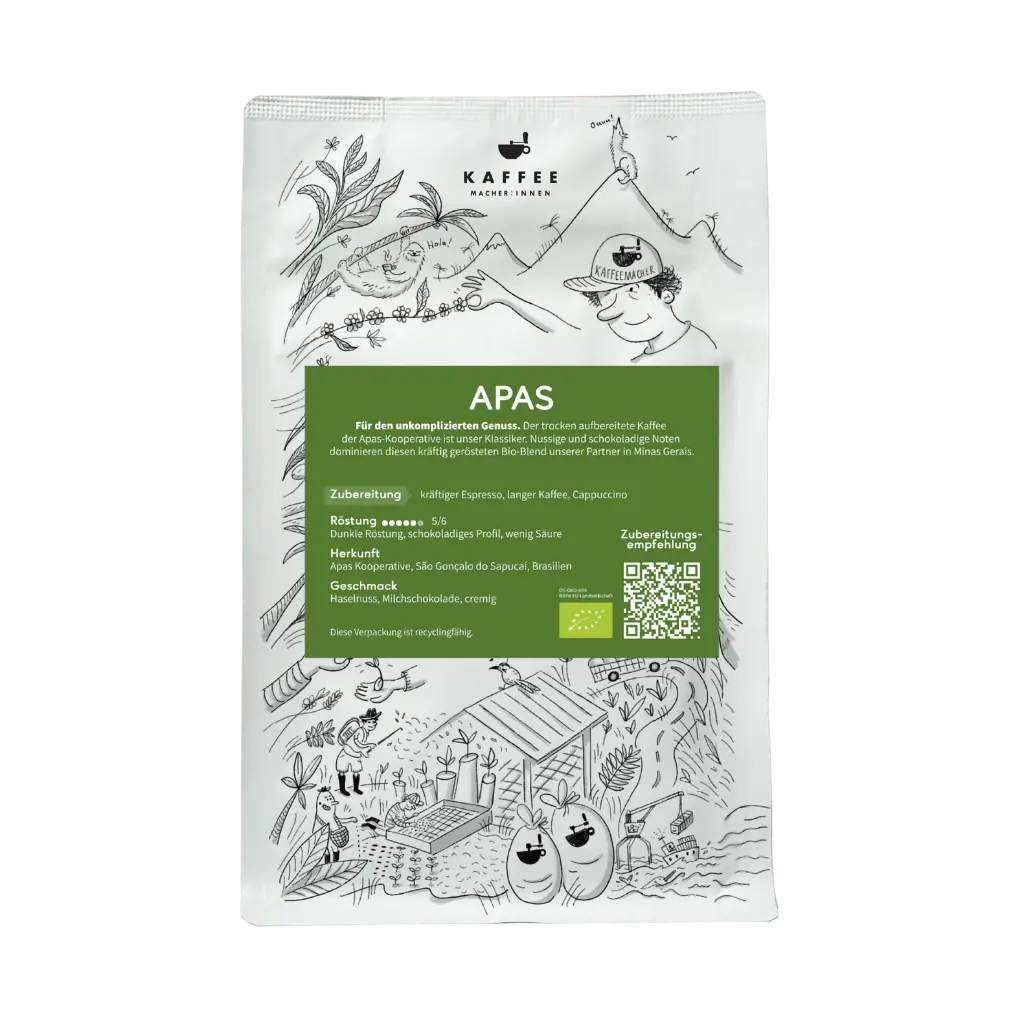

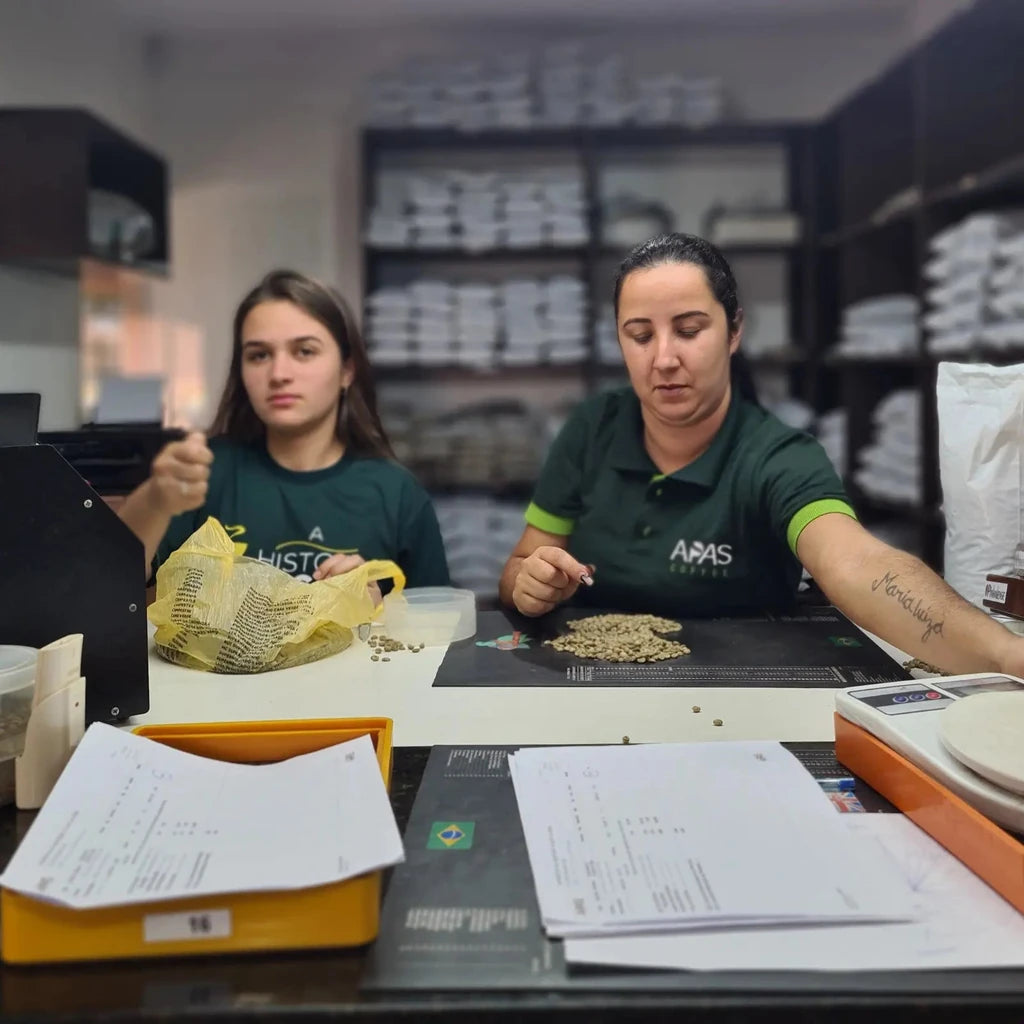
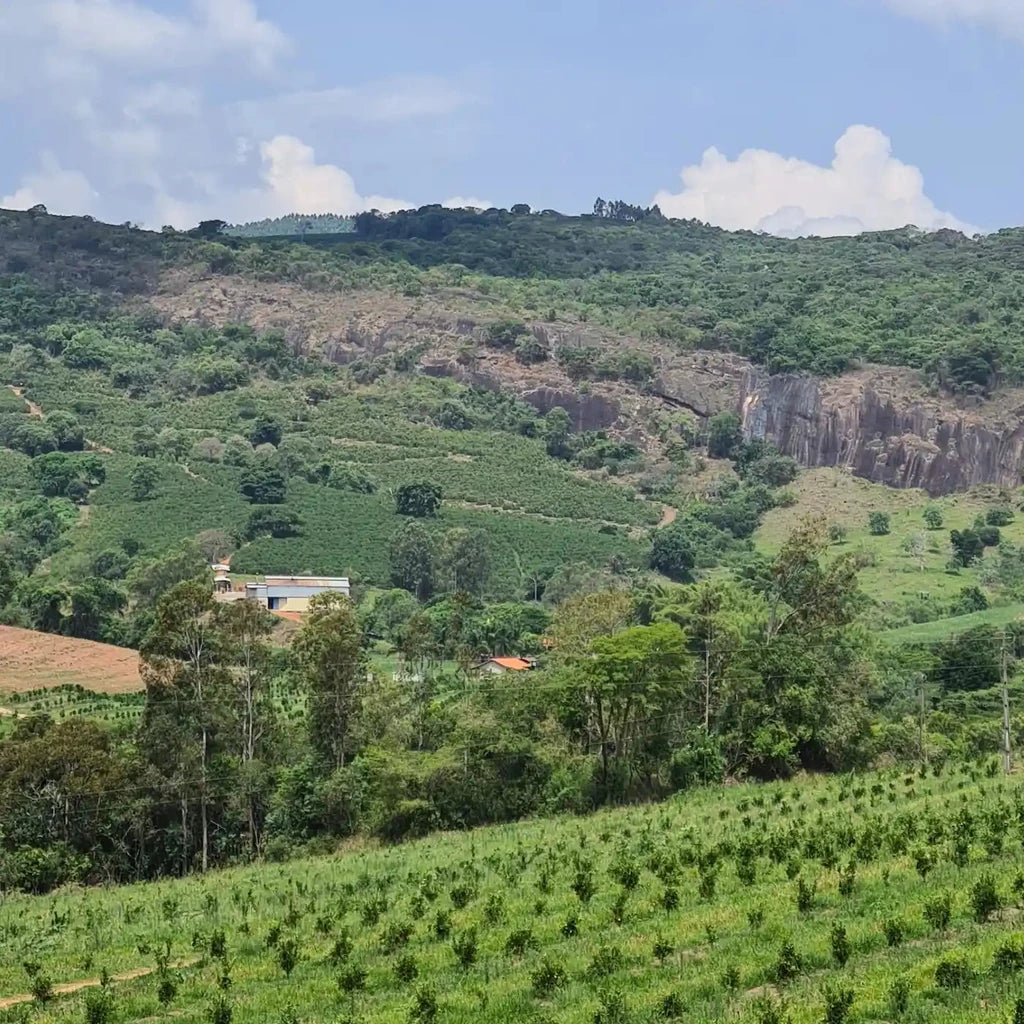
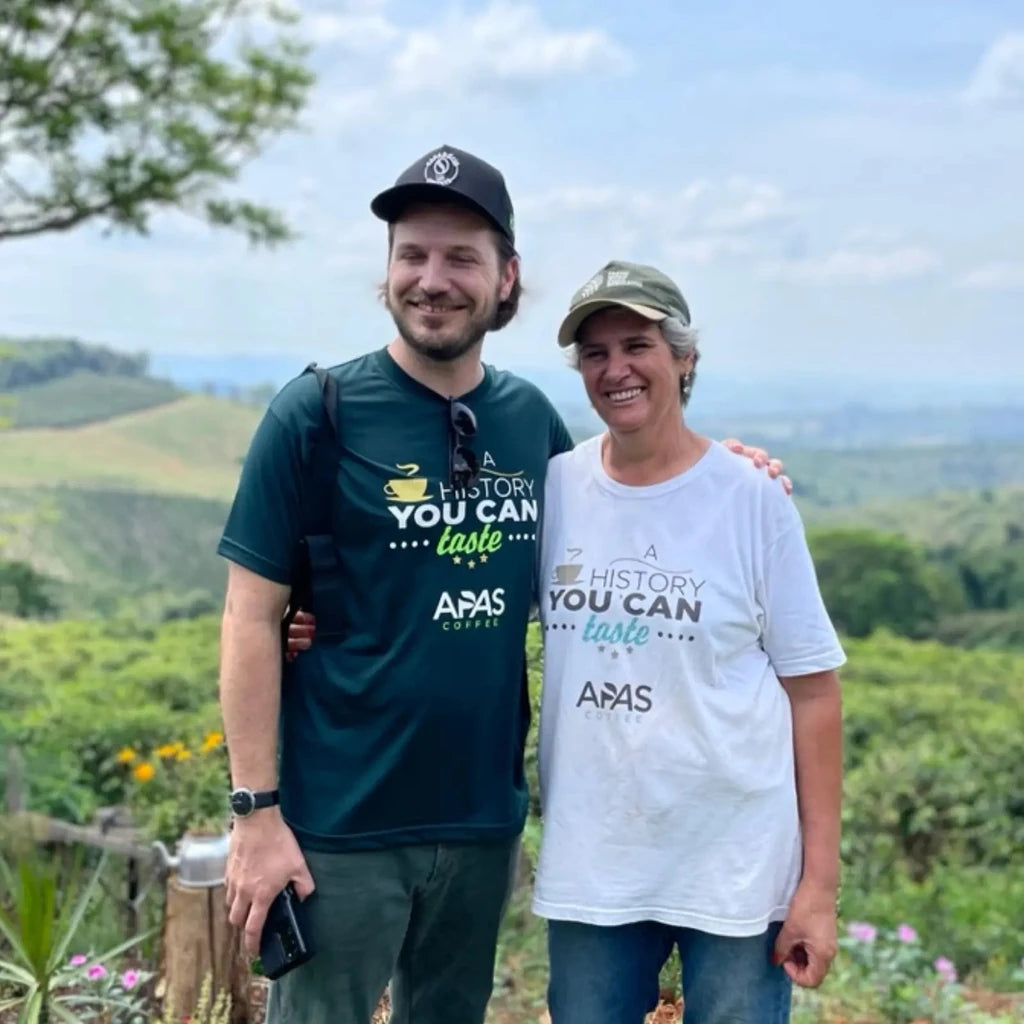
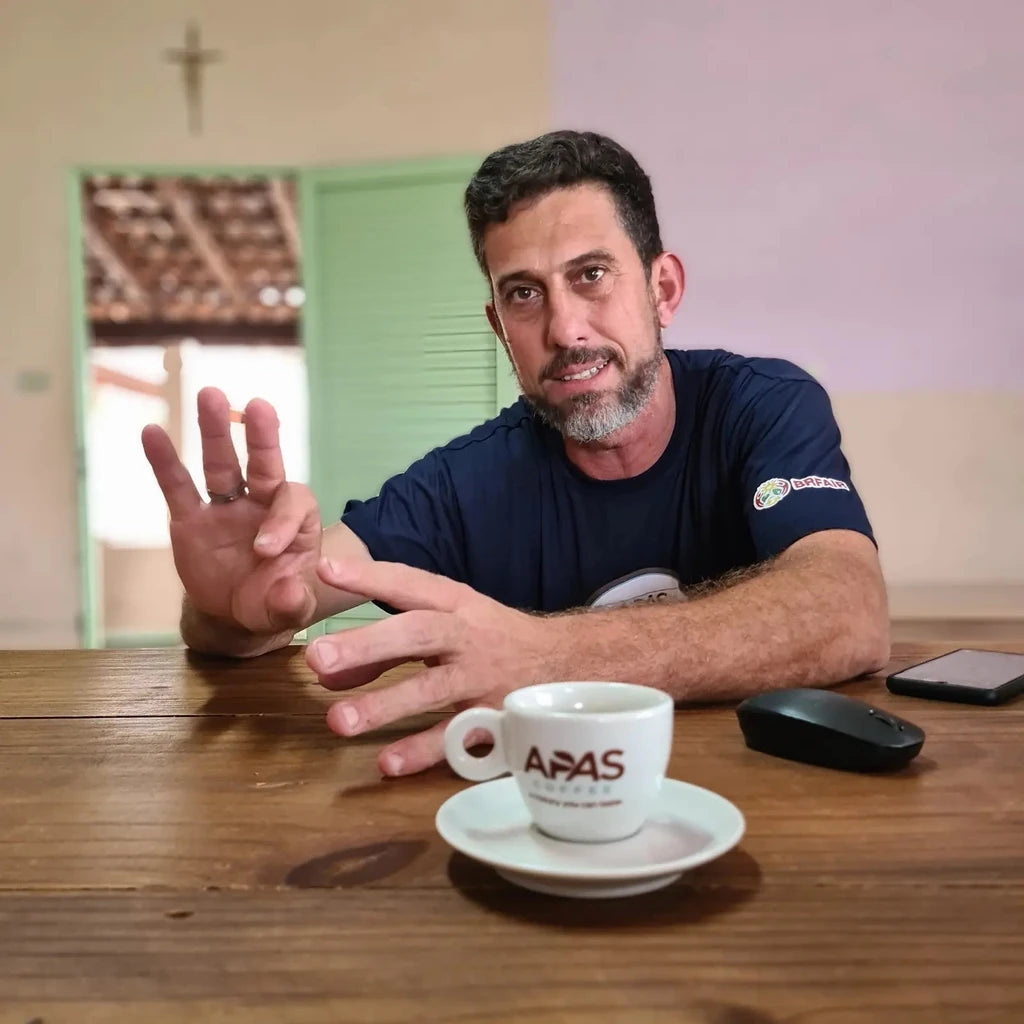
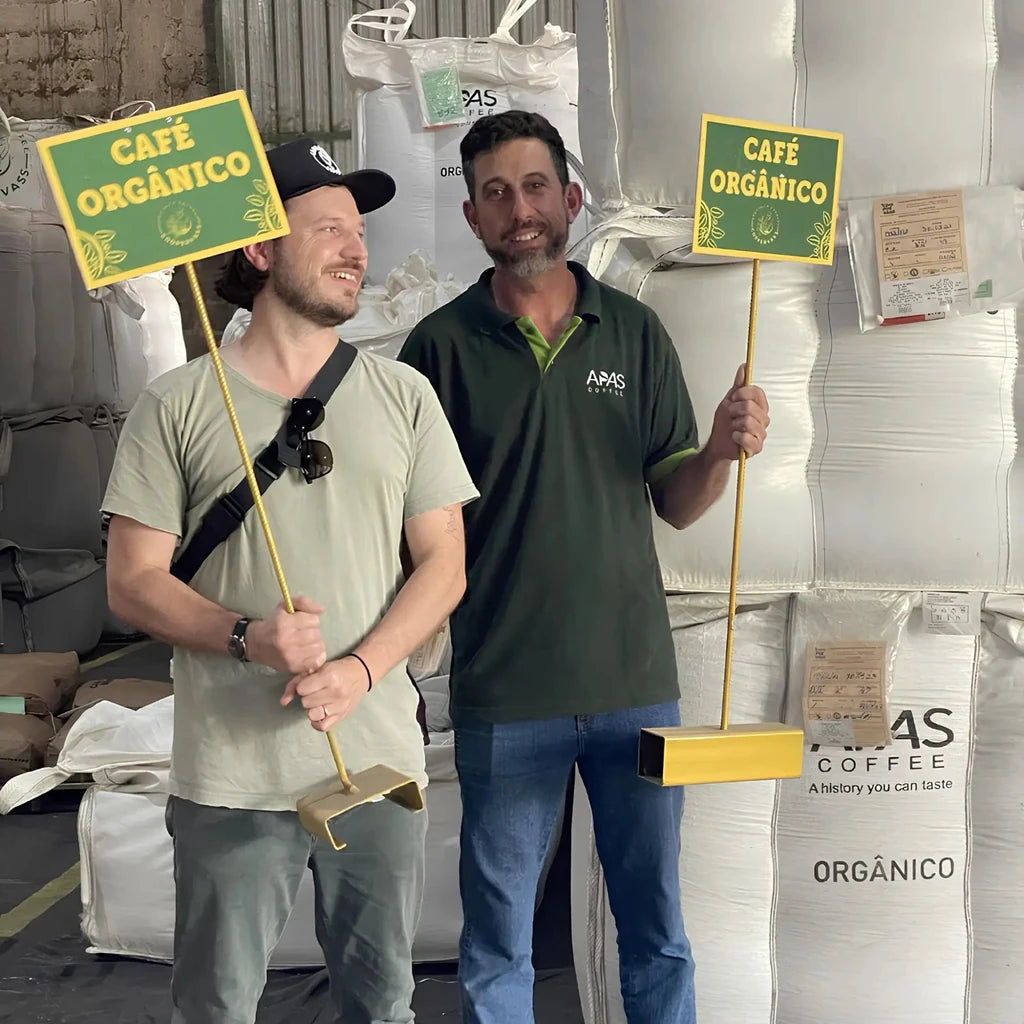
Pickup available at Kaffeemacher:innen
Usually ready in 24 hours

Apas, organic espresso from Brazil
250 g
Kaffeemacher:innen
Otto-Lilienthal-Straße 13
46539 Dinslaken
Germany
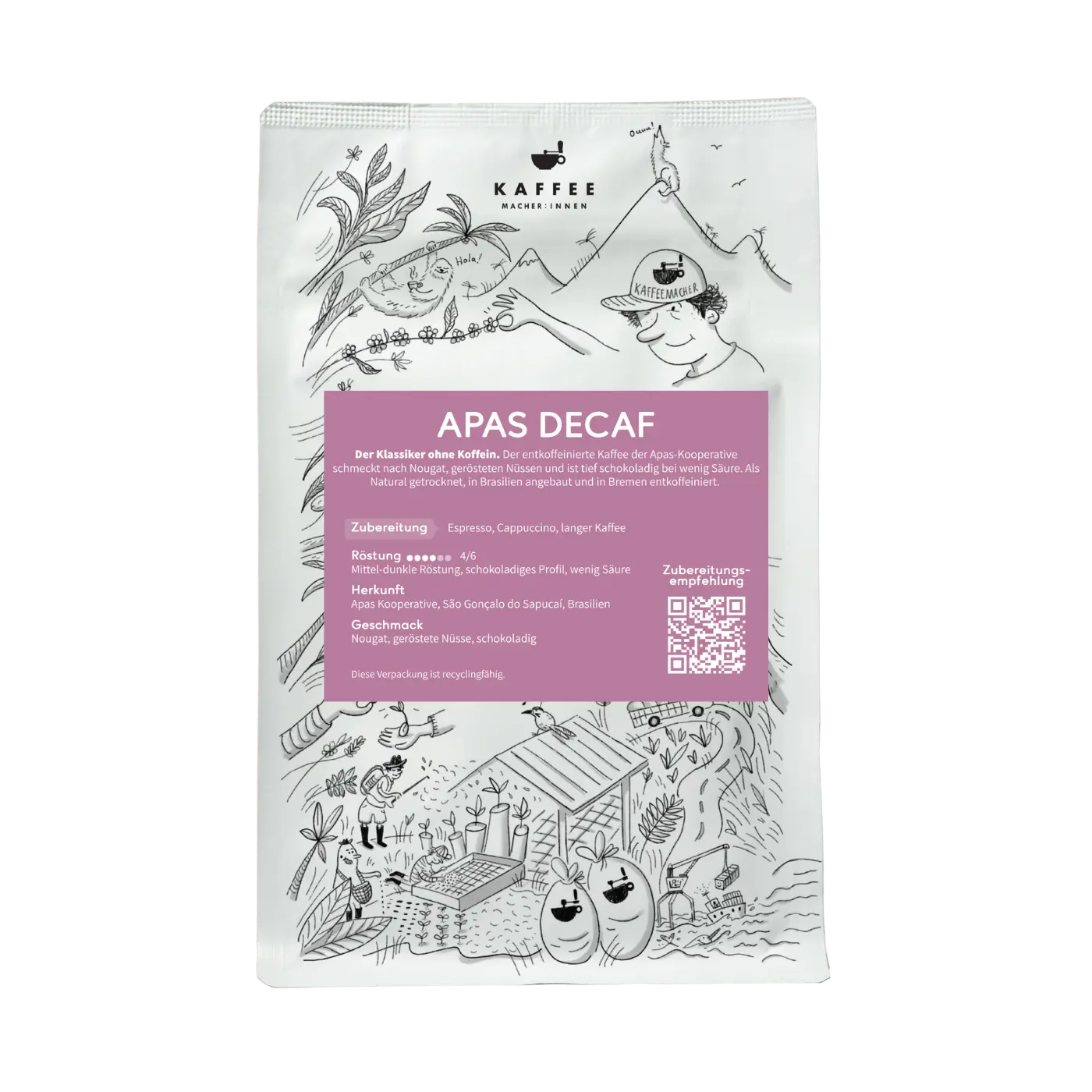

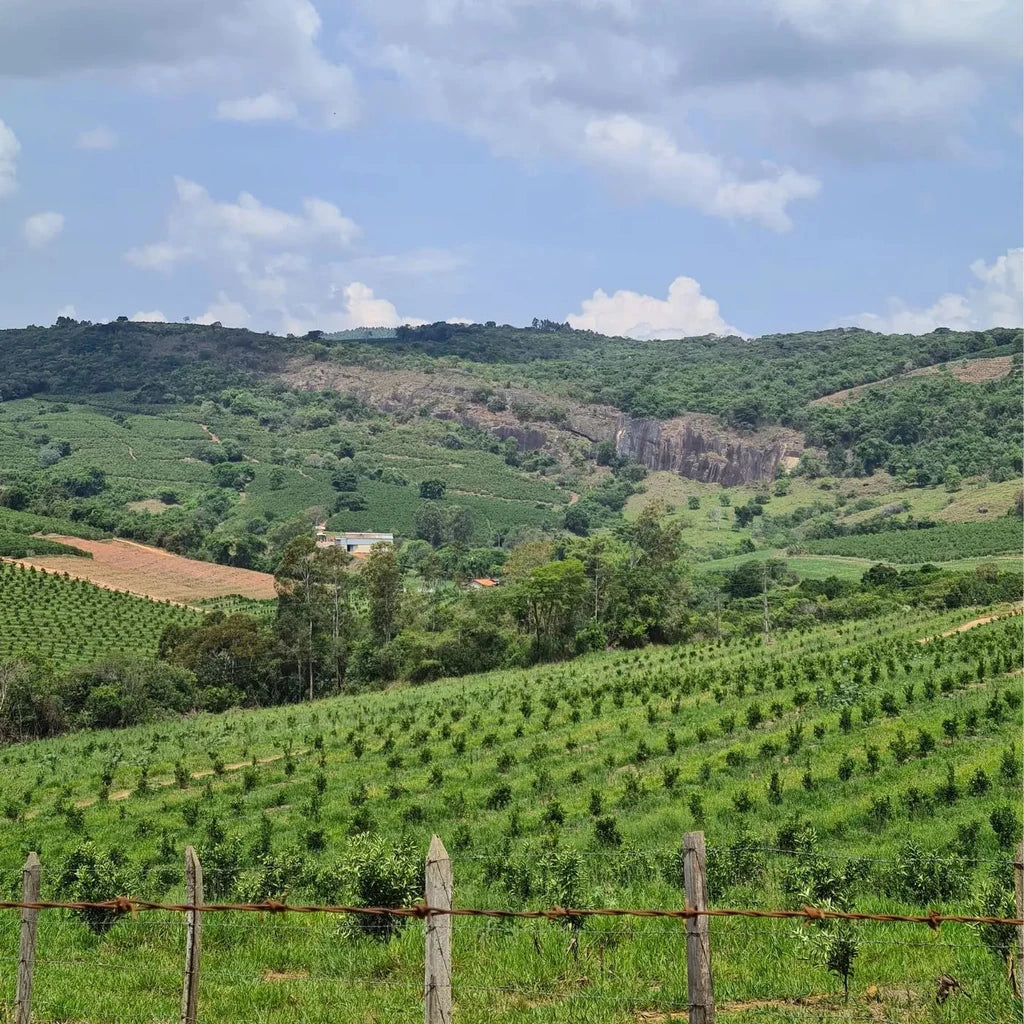
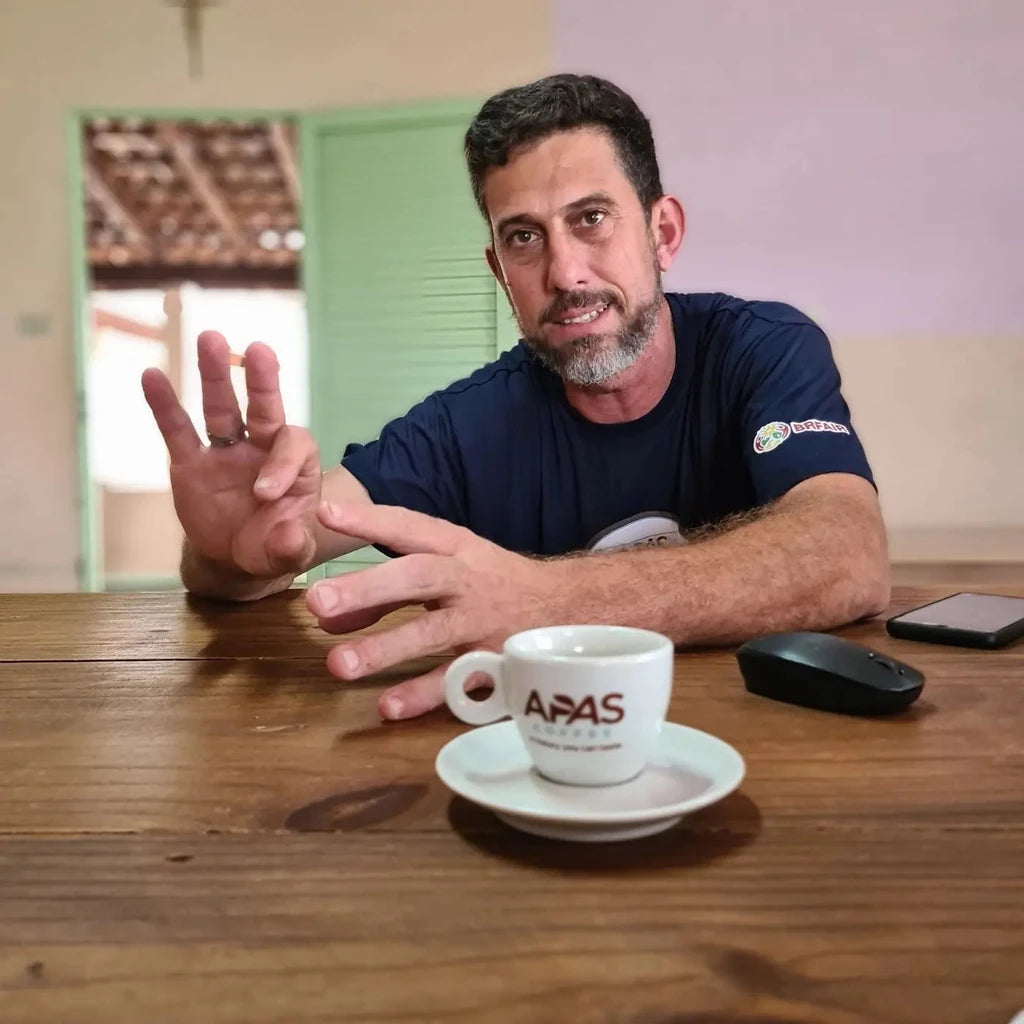
Apas Decaf - Espresso from Brazil
The classic without caffeine. The decaffeinated coffee from the Apas cooperative tastes of nougat and roasted nuts, and is deeply chocolatey with a low acidity. Dried naturally, grown in Brazil, and decaffeinated in Bremen using spring carbon dioxide.
Apas Decaf - Coffee Info
Taste: Nougat, roasted nuts, chocolatey
Origin of the beans: Brazil, São Gonçalo do Sapucaí
Producer: Apas Cooperative
Varieties: Local varieties such as Mondo Novo (Arabica) and Catuai (Arabica)
Post-harvest process: Natural
Decaffeination: Subcritical CO₂ (natural spring carbon dioxide)
Decaffeinator: CR3 in Bremen
All our coffees are sold as whole beans.
This is how we would prepare Apas Decaf
Our David developed and optimized the recipe with the following equipment:
Water : total hardness 5 °dH, alkalinity 3 °dH
Mill: Niche Zero
Grinding level: 7
Why does Apas Decaf taste the way it does?
The APAS Blend is a blend of coffees from the cooperative's 71 members, who market their coffee under the APAS name. They are among Brazil's Fairtrade pioneers and manage their farms in the São Gonçalo do Sapucaí region. They also repeatedly achieve success as individual producers in prestigious competitions such as the Cup of Excellence. The coffee cherries for the APAS Blend are selectively harvested by the members on their own farms, dried in the cherry, and then mechanically pulped. This dry processing emphasizes the nutty and chocolatey character of the coffee.

Tell me more about Apas Decaf
APAS has been our bestseller for years because it appeals to a wide range of tastes. We now import several containers per year. The coffee and our collaboration with the cooperative are strategically important to us. In the winter of 2024, we asked ourselves: What if APAS were also available in decaffeinated form? We contacted the decaffeinator CR3 in Bremen and reserved a slot for spring 2025. The APAS blend was shipped to Bremen, decaffeinated there, and we then purchased the approximately three tons of coffee together with partner roasters.
The decaffeination process
This coffee was produced by CR3 in Bremen using subcritical CO₂ , so-called spring carbon dioxide, is decaffeinated. What all processes have in common is that, at the beginning of the treatment, the green coffee is placed in a closed container filled with water or steamed, so that the pores of the green coffee open. A solvent is then added to extract the caffeine. In this case, it is spring carbon dioxide. In the subcritical CO₂ method , the CO₂ is converted into a liquid state at high pressure and low temperature, which, in combination with water, can absorb the caffeine. This process takes several days.

How do we roast this coffee?
Very similar to Apas, as the CO₂ method hardly makes the coffee more porous. Unlike Sueño, which is decaffeinated with water, the method's impact on the cell structure of the coffee bean is greater. ßer.
Pickup currently unavailable at Kaffeemacher:innen

Apas Decaf, decaffeinated espresso from Brazil
250 g
Kaffeemacher:innen
Otto-Lilienthal-Straße 13
46539 Dinslaken
Germany



